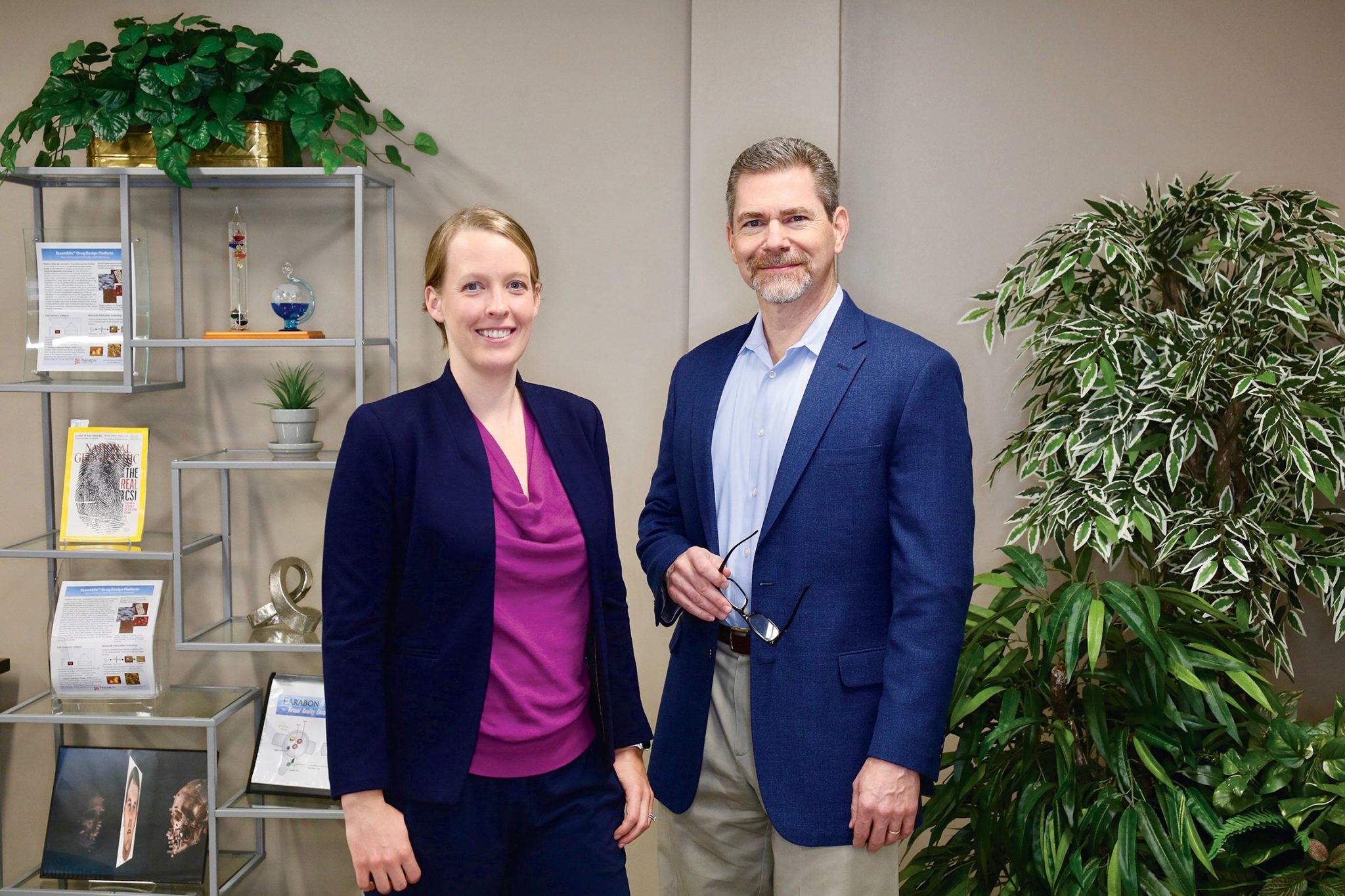In the early days of Parabon NanoLabs, CEO Steven Armentrout would travel to law-enforcement conferences and try to explain the benefits of his collection of DNA-analysis tools, called Snapshot. Mostly, he failed. “In 2014, no one would look at us,” he recalls. Sitting next to him in a conference room at the company’s Reston headquarters, Ellen Greytak, another key member of the team, laughs. “We would be begging them,” she says. “ ‘Please come to our booth. Please talk to us.’ ”
Today Parabon has become the hottest thing in cold cases, with law-enforcement agencies lining up for help in solving old crimes. Using an innovative method that can analyze DNA from incredibly small samples, Parabon’s Snapshot creates a genetic-genealogy report that’s used to find possible familial links via public DNA databases. Parabon contributed to breaks in several hundred crimes over the last year alone.
It isn’t the only company using genetic genealogy to catch criminals, but it has quickly become the most skilled and the most successful. Greytak thinks that points to a real change in how criminal investigations will be conducted. “We’re not only seeing cold cases being solved,” she says, “but a reduction in the number of cases that go cold.”
While Parabon is now well known in sleuthing circles, its focus is much broader. With an overall mission to engineer DNA for new therapeutic and forensic purposes, it has several other projects in the works. Armentrout—a tech entrepreneur who started Parabon NanoLabs as a subsidiary of his cloud-computing company—is overseeing various software efforts, including one that could help develop an HIV vaccine and a smartphone-based dementia-screening system that can be used at home. For her part, Greytak, who has a PhD in organismic and evolutionary biology from Harvard, is working on a product that she hopes could use genetic markers to test for Alzheimer’s.
Meanwhile, their detective work is making a real difference. In November, for example, Parabon helped capture a suspect who has now been charged with a notorious string of 1990s sexual assaults long attributed to the “Potomac River Rapist.” Parabon analyzed crime-scene DNA samples and found five possible relatives for the alleged perpetrator. After building a family tree, investigators interviewed cooperative relatives and focused on a man who had worked as a landscaper in the area during the attacks.
Now the Snapshot system that once struck professional investigators as far-fetched “is increasingly mainstream,” says Greytak. “I find that amazing.”
This article appears in the January 2020 issue of Washingtonian.



















